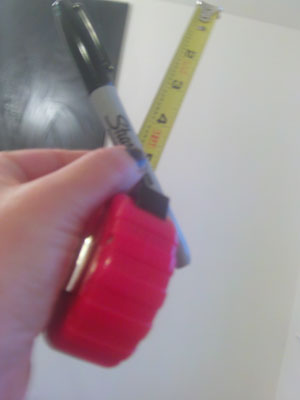Braumeise
Well-Known Member
- Joined
- Sep 29, 2015
- Messages
- 364
- Reaction score
- 149

So it begins.
I am as excited as a child for christmas waiting on my stuff to arrive.
I will pick up my chest freezer end of the week hoping my Ranco unit has found its way to my home by then so I can install it right away.
first two important tools are here already, did not leave the house without them, never know what you come across that you have to measure

After talking to you guys I shall refrain from going for Lager for my very first brew but try something easier.
I do not want to brew anything I don't like and wit beer was sort of never on my list (did not care for Hefeweizen or Weißbier as it is called in Munich) at all until I found Lost Abbeys Witches Wit and even better Einstök white Ale.
So Einstök obv. shares the same philosophy as I do:
Our quest was to make the best white ale we ever tasted, with the complex flavors of a classic witbier, all brewed with pure Icelandic water for a cool smoothness that is deliciously refreshing.
Wheat malt, pilsner malt, oats, bavarian noble hops spiced with coriander and orange peel.
ABV: 5.2%
Tasting notes:
A clean and crisp start with a smooth mouthfeel thanks to the oats, citrus and spice round out a refreshing finish.
Food pairings:
The crisp, citrus and spice notes are the perfect complement to seafood, poultry, vegetarian dishes, Asian food, and spicy food, including Mexican, tapas, Indian and Thai.
NOTE: All Einstök beers are 100% vegan, with no GMOs.
http://einstokbeer.com/icelandic-white-ale/
no kidding! my quest is to make the best Lager I ever tasted but I can totally agree to practice trying to come up with the best wit beer I ever tasted and If I have to brew that a 100 times until I get it right, so be it.
Looking through the recipe database here, I did find some that sounded promissing yet since I never tasted them it would be of great help if you guys who have had a Einstök white Ale before point me into a direction for a basic witbeer recipe that I can brew and then alter brew by brew.
Thank you!
on a side note: proud German that I am I will start all-grain right away, no extract or partial or brew in a bag experiments. If I screw up I have at least lots of healthy horse treats.



